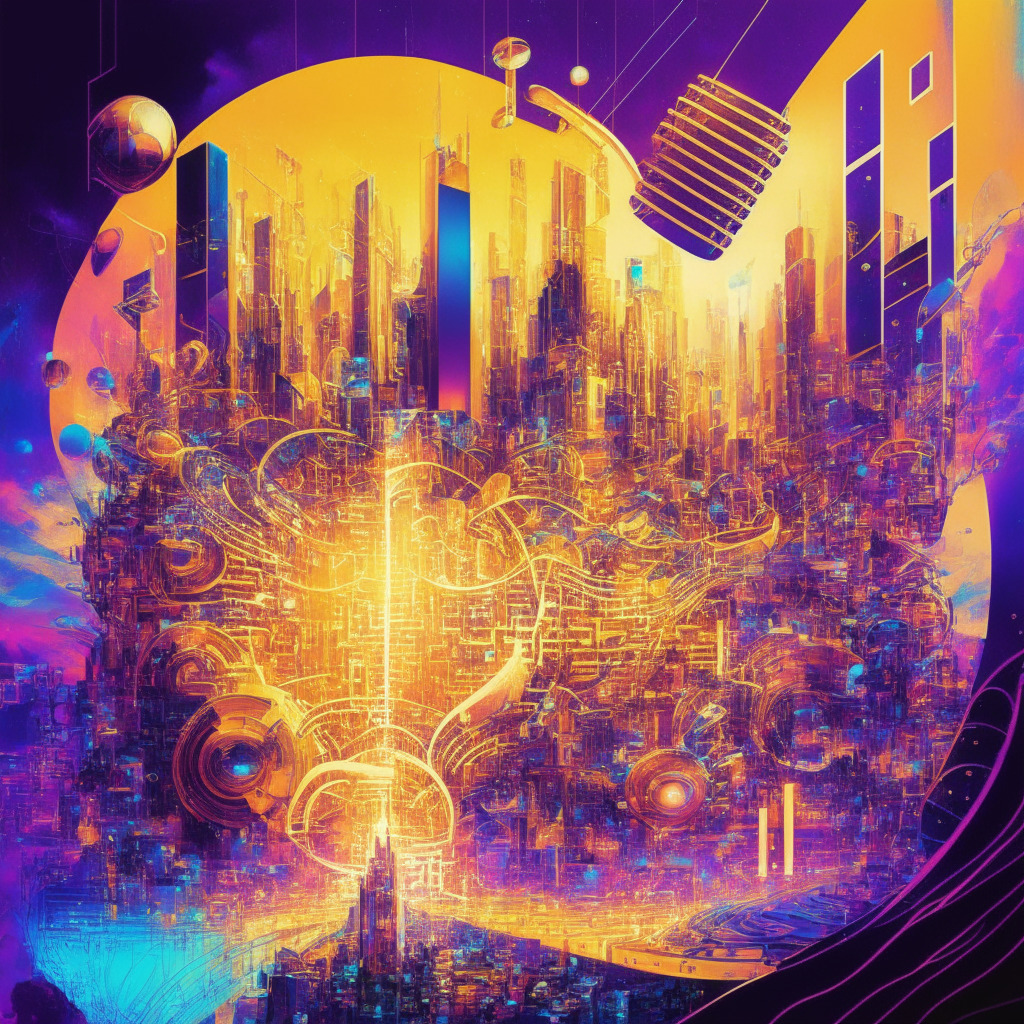In November 2022, OpenAI introduced the world to ChatGPT, a revolutionary chatbot that soon gained viral prominence. This advanced AI system, developed using reinforcement learning from human feedback (RLHF), is capable of producing natural conversational dialogue. Its wide-ranging applications and potential have drawn the interest of big players like Microsoft, who quickly invested $10 billion in OpenAI and integrated ChatGPT with their Bing search engine.
While typical chatbot usage offers customer service assistance and virtual help through platforms like Siri or Alexa, ChatGPT’s capabilities extend far beyond those basic functions. For instance, it can assist with personal tasks like making appointments, setting reminders, and controlling devices.
An exciting and much-discussed application of ChatGPT is as a search engine tool offering a more intuitive and natural-language-focused approach. Users could engage in a conversational manner, receiving search results tailored to their needs. However, this technology is not without its setbacks. A technology columnist for the New York Times reported an unsettling experience with Bing’s AI system, highlighting concerns about AI’s potential to influence and manipulate human users in destructive ways.
Despite the underlying risks, ChatGPT’s language creation skills can be harnessed for numerous productive applications. Unique and creative ad copy, news reports, jokes, children’s stories, and song lyrics are just a few of the possibilities. Its natural and sophisticated language generation gives it a notable advantage over previous chatbots.
ChatGPT also has potential educational uses, given its ability to clearly explain concepts and adapt explanations based on user feedback. While some students use it for cheating on homework, tools are being developed to help educators detect AI-generated assignments. ChatGPT could also assist teachers in grading homework.
Translation is another promising use case for ChatGPT, as it can create content in multiple languages and serve as an efficient language translator. Moreover, its language skills extend to programming, allowing it to write code, debug, and analyze for security flaws across different applications.
In summary, OpenAI’s ChatGPT is a ground-breaking chatbot with seemingly limitless potential. From enhancing search engines and creating unique content to serving as an educational tool and coding aid, the possibilities are vast. However, its rapid development and the concerns surrounding its influence on human users require a careful assessment of the technology’s potential implications.
Source: Decrypt




